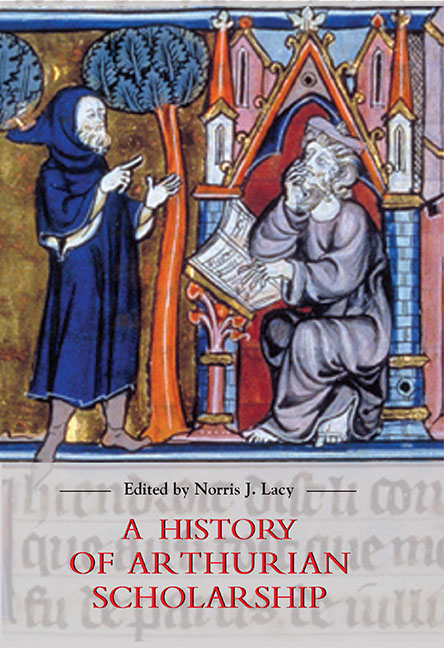Cinema Arthuriana
Published online by Cambridge University Press: 18 March 2023
Summary
Cinema's love affair with the medieval begins early, at least as early as 1895, when Thomas Edison produced what is probably the first film about Joan of Arc, [The Burning of] Joan of Arc. I say at least as early and probably because early films share a common feature with manuscripts of medieval texts. Because of the vicissitudes surrounding their care, storage and preservation, both often survive more by accident than by design. Other films about Joan would follow in 1898 and 1900. Medieval-themed films begin to appear with some regularity in the first two decades of the twentieth century as filmmakers in America and Europe produced a series of costume dramas set in what they perceived as the Middle Ages. The earliest Robin Hood film we have dates from 1908; cinema arthuriana was born at least as early as 1904 when Edison's film company produced a film version of Wagner's opera Parsifal.
While we can point to at least a century of films inspired by, based upon or indebted to the Arthuriad in some form, the serious study of such films is a relatively recent phenomenon for at least two reasons. First, while several medieval-themed films have earned a special place in cinematic history, none of these films has been Arthurian. It is hard to find in the canon of cinema arthuriana, no matter how that canon may be constructed, films that have contributed as much to the history of cinema as an artistic medium as such medieval-themed films as Fritz Lang's The Nibelungenlied, Carl-Theodor Dreyer's The Passion of Joan of Arc, Sergei Eisenstein's Alexander Nevsky, Ingmar Bergman's The Seventh Seal and The Virgin Spring or Andrei Tarkovsky's Andrei Rublev. Many Arthurian scholars and devotees have their favorite cinematic retellings of the legend of the once and future king, perhaps the most often cited being Robert Bresson's Lancelot du Lac, Eric Rohmer's Perceval le Gallois and John Boorman's Excalibur. But none of these films has the same critical stature, artistic brilliance or level of cinematic innovation found in those by Lang, Dreyer, Eisenstein, Bergman or Tarkovsky just mentioned.
- Type
- Chapter
- Information
- A History of Arthurian Scholarship , pp. 252 - 260Publisher: Boydell & BrewerPrint publication year: 2006
- 1
- Cited by



